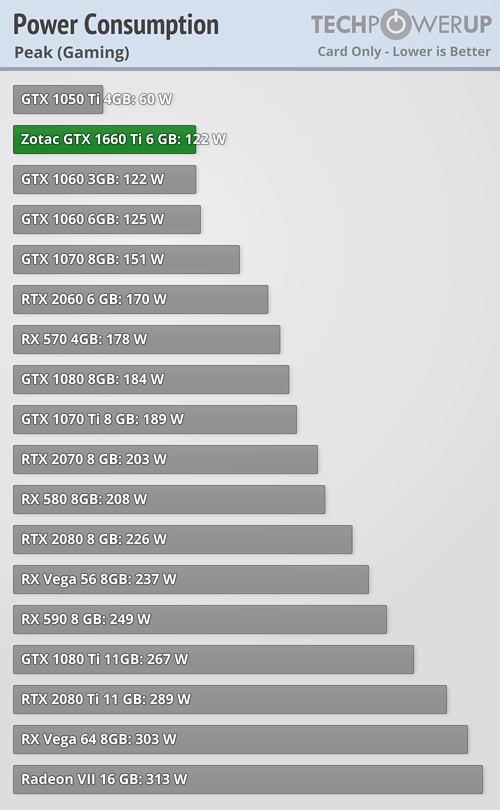_mockingbird
Gawd
- Joined
- Feb 20, 2017
- Messages
- 992
But, you do realize this is a rumors thread, right? Everything here is basically pure speculation.
I don't know about you, but I would think that at least rumors (and speculations) should at least have basis on something factual, not just rumors based on rumors.
Last edited:
![[H]ard|Forum](/styles/hardforum/xenforo/logo_dark.png)
 0.1 + (z)0.1)]
0.1 + (z)0.1)]